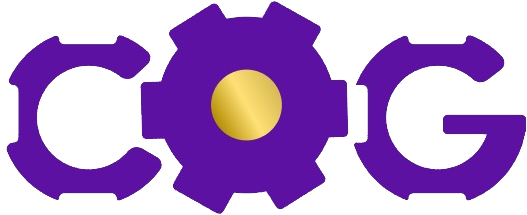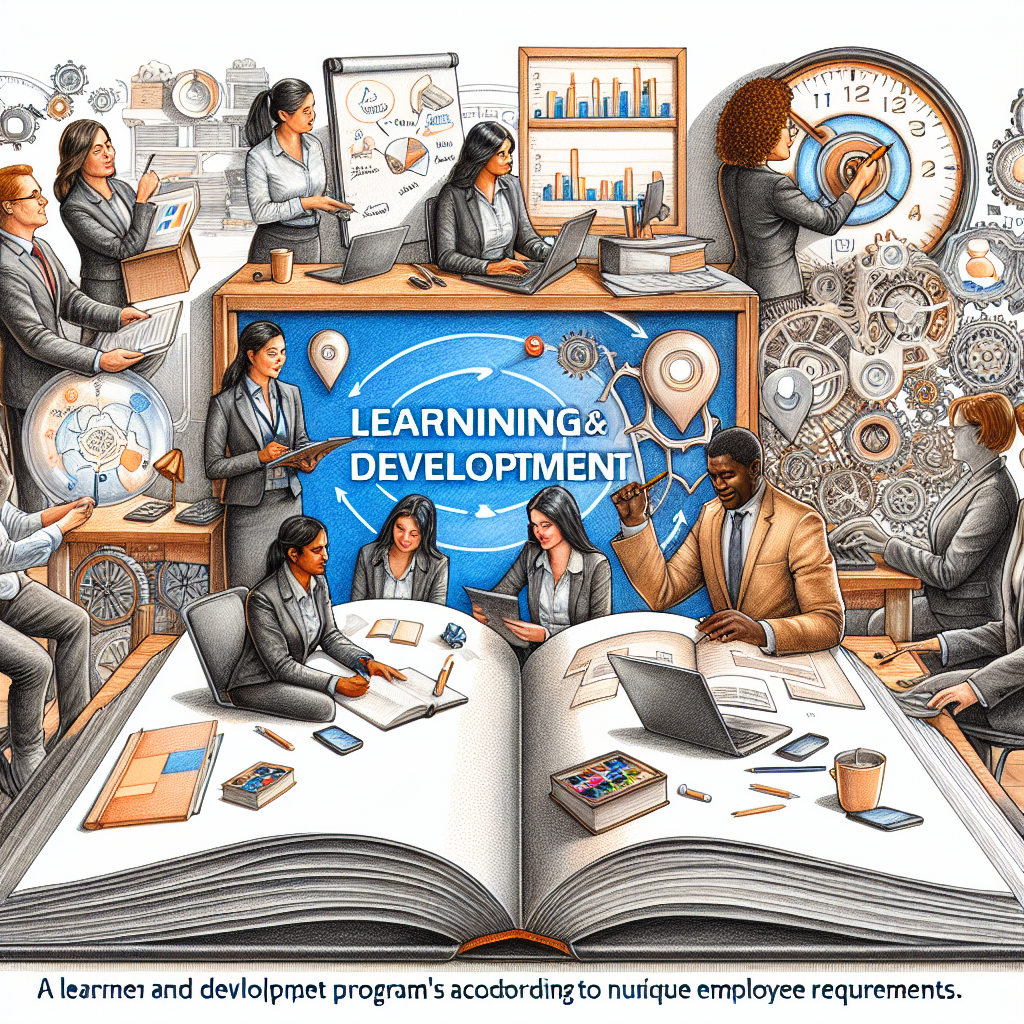Welcome fellow entrepreneurs and small business owners! If you’ve ever wondered about the role of an HR consultancy in your venture, then this post is for you. Our main goal is to unearth how HR consultancies can contribute in efficiently managing your human resources, all without breaking your budget.
The objective of this blog is straight-forward – it’s all about the power of outsourcing. We’ll dive into the reasons why tapping into the expertise of an HR consultancy might be the right step for you. We’ll highlight the benefits, tackle some common misconceptions, and give you some tips to help you make an educated decision.
Importance of Effective HR Management for Small Businesses
• Streamlined HR Processes: When HR tasks are managed effectively, your business runs smoother. This means less time spent on administrative tasks, more time to focus on growth.
• Employee Satisfaction: A well-managed HR department helps ensure employee satisfaction, which directly influences productivity. Happy employees are motivated employees!
• Compliance with Labor Laws: Navigating through labor laws can be tough, but with effective HR management, you can rest assured that you’re always in compliance. This protects your company from potential legal issues down the road. The bottom line is, HR is a key part of your small business, and mastering it can take your success to new heights!
Definition and role of an HR Consultancy
An HR Consultancy, or Human Resources Consultancy, is a professional service provider with expertise in human resources management. They offer services to companies who either lack an internal HR department or require assistance in managing their HR-related needs. Especially for small businesses, these professionals can be a game-changer, offering a wealth of experience and insights into the best HR practices for optimal business performance.
Explanation of what an HR Consultancy is
In essence, an HR consultancy acts as a one-stop solution for all HR-related needs. They provide services ranging from recruitment and talent management to staff training, payroll management, and benefits administration. An HR consultancy is like a guiding hand that can help small businesses handle their human resources effectively and efficiently.
Overview of the functions they can perform for small businesses
The roles an HR consultancy can play for a small business are quite diverse and dynamic. Some of the notable functions include:- Recruitment: Identifying, attracting, and selecting potential candidates who fit the job descriptions and company culture.
– Payroll and benefits: Administering salaries, bonuses, and other benefits, thus ensuring all employees are compensated as per industry standards.
– Training and development: Developing a framework for training new hires and retaining existing talent with continuous skill development initiatives.
– Legal compliance: Helping the company stay in line with labor laws and regulations, avoiding potential fines and lawsuits. By outsourcing these functions to an HR consultancy, small businesses can primarily focus on their core business activities while also ensuring their staff are managed effectively.
Cost-effective Solutions
Hiring an HR consultancy is more than just a luxury; it’s a practical cost-effective solution, especially for small businesses.
Discussion of how hiring an HR consultancy can save money
Small businesses, in particular, can experience substantial cost savings by outsourcing HR functions. The rationale lies in the concept that an external HR consultancy can perform these duties more effectively and efficiently than an in-house team. With specialists dedicated to various aspects of HR, from recruitment to benefits management, a consultancy can streamline operations, reducing overhead and freeing up resources. Additionally, hiring an HR consultancy means you only pay for the services you need. Instead of having a full-time in-house HR staff, you can outsource particular tasks when necessary, which can result in significant cost savings.
Examples of cost savings through outsourcing HR functions
Here are few examples of how hiring an HR consultancy can lead to cost savings:
– Avoid up-front investment: You don’t have to spend on software, infrastructure, or training of personnel.
– Pay-as-you-go: With HR consultancies, you pay for services as and when you need them, providing you with more flexible budgeting.
– Lower risk of non-compliance: HR consultancies are knowledgeable about the latest labor laws, which can help avoid potential lawsuits and associated fines.
– Increase efficiency: A consultancy can streamline your processes, reducing administrative hours and overall costs.
Streamlining HR processes
Explanation of how an HR consultancy can help small businesses streamline their HR processes
HR consultancies are equipped with the skills and experience to help small businesses streamline their HR processes, making operations much more efficient. They can help in setting up and managing systems for key HR functions, all the way from recruitment and selection, to compensation and benefits. Instead of having to work out the intricacies of HR management on your own, partnering with an HR consultancy can ensure a smoother, more organized approach to people management.
Examples of specific HR tasks that can be outsourced to a consultancy
Here are some of the HR tasks that small businesses commonly outsource to HR consultancies, which might otherwise overwhelm their in-house resources:
• Recruitment and selection: Finding the right talent for your business can be a time-consuming task. HR consultancies can manage the entire recruitment process, from advertising vacancies to conducting interviews.
• Training and development: Creating custom training programs can be a complex task requiring special expertise. An HR consultancy can develop these programs, delivering key skills to your workforce.
• Payroll management: Keeping up with payroll procedures and staying compliant with tax regulations can be quite complicated. HR consultancies can handle this intricately detailed task, allowing you to focus on the core aspects of your business.
• Employee relation: Managing grievances, disciplinary procedures, and maintaining a healthy work environment is critical. HR consultancies can handle these sensitive issues professionally and impartially, saving you potential legal troubles down the line.
Enhancing employee satisfaction
Employee satisfaction is a vital aspect of running a successful small business, and it’s linked directly to benefits such as increased productivity, lowered turnover rates, and improved customer service delivery. Let’s delve deeper into how HR consultancies can help in this regard.
Importance of employee satisfaction for small businesses
Small businesses rely heavily on their workforce as each individual plays a vital role. When employees feel valued, understood and satisfied, they are likely to be more productive and committed to the company’s success. Some key factors influencing employee satisfaction include proper employee management, clear communication, recognition, and opportunities for growth and development.
How an HR consultancy can improve employee satisfaction through effective HR management
An HR consultancy can significantly improve employee satisfaction in the following ways:
– Implementing effective HR policies: HR consultancy can devise personnel policies that ensure fair treatment of employees and respect their rights.
– Clear communication: They can assist in constructing clear communication channels between management and employees to address concerns and suggestions.
– Training: HR consultancy can develop relevant training programs to enhance employees’ skills and job satisfaction.
– Conflict resolution: Consultancies are adept at managing disputes and finding win-win solutions that maintain the company culture.By outsourcing your HR management to a consultancy, small businesses can foster a conducive environment that promotes employee satisfaction.
Ensuring Compliance with Labor Laws
Navigating the intricate web of labor laws can be a daunting task for small businesses. Numerous regulations at different levels—federal, state, and local—need to be adhered to. These laws might relate to wage and hour issues, anti-discrimination, family and medical leaves, and workplace health and safety issues, among others.
Explanation of the Complexities of Labor Laws for Small Businesses
Compliance can become even more challenging when legislative changes are made, as these often require immediate modifications in business practices. Small businesses may lack the resources necessary to keep up-to-date with these changes. Additionally, inadvertent non-compliance may lead to:- Legal disputes which can be costly to resolve
– Fines or penalties imposed by regulatory bodies
– Damage to the company’s reputation
How an HR Consultancy Can Ensure Compliance with Labor Laws and Avoid Legal Issues
An HR consultancy firm, with its specialized knowledge and experience, is well-positioned to provide advice and guidance in this area. They can assist in interpreting and implementing the laws effectively and ensuring that the company policies are compliant with all labor laws. These consultancies engage in regular monitoring of legislative changes, taking the guesswork out of the equation for businesses, allowing them to focus on their core functions without the worry of legal risks.
Expert Guidance and Advice
The world of human resources can be a complex jungle for many small businesses. It incorporates various aspects – from staff recruitment and attrition rates to managing employee benefits and assuring compliance with local, state and federal labor laws.
Importance of Expert Guidance in HR Management
HR consultancies specialize in navigating this labyrinth, which makes their insights priceless for small companies that may not have in-house HR experts. They provide expert advice and guidance that helps businesses avoid potential pitfalls and costly lawsuits. From updating company policies in line with the latest legislative changes to crafting a strong organizational culture, HR consultancy services operate under the principle that a happy workforce results in increased productivity.
Examples of How HR Consultancies Can Provide Expert Advice to Small Businesses
* Streamlining Processes: By auditing existing HR methodologies, consultancies can suggest efficient procedures that eliminate waste and optimize resources.
* Personalized Strategy Development: HR consultancies can help formulate a strategy that’s custom-tailored to a company’s specific needs, values, and goals.
* Compliance: They keep businesses updated on changes in HR laws and regulations, ensuring that companies stay compliant and avoid hefty fines.
* Addressing Employee Concerns: Consultancies can equip managers with the tools to handle sensitive employee matters like grievances, performance issues, or discrimination complaints.
Case Studies and Success Stories
As we dive deeper into the benefits of hiring an HR consultancy, let’s bring the theory to life with a few concrete examples. These success stories will highlight how carefully tailored HR solutions can significantly improve the functionality and productivity of small businesses.
Introduction of Case Studies and Success Stories of Small Businesses That Benefited from Hiring an HR Consultancy
Firstly, consider a successful online retail startup in Kolkata, West Bengal. Initially struggling with managing employee needs and labor law requirements, they chose to hire an HR consultancy. This decision proved invaluable. The consultancy helped to lay down a firm foundation for HR processes, introduced effective payroll management, and ensured the company remained in line with the current labor laws.Another example is a small restaurant chain in Mumbai, Maharashtra. The restaurant hired an HR consultancy to manage employee training, job rotation schedules, and handle conflict resolution. Consequently, employee satisfaction increased, leading to a decrease in turnover rates and an increase in productivity.
Discussion of the Specific Benefits and Outcomes Achieved by These Businesses
Both these examples underscore the incredible benefits of hiring an HR consultancy:
– Streamlined processes: Both the startup and the chain found their workflow to be more efficient after outsourcing their HR.
– Increased Employee Satisfaction: By managing and mitigating conflicts and creating effective schedules, the consultancy boosted employee happiness and productivity.
– Legal Compliance: HR consultancies ensured these businesses stayed up-to-date with labor law changes, reducing the risk of legal disputes. Hiring an HR consultancy allowed these small businesses to focus on their core operations while ensuring their human resources were managed proficiently.
Undoubtedly, the numerous benefits of hiring an HR consultancy for small businesses cannot be overstated.
Recap of the benefits of hiring an HR consultancy for small businesses
Here are the key takeaways:
– Cost-effective solutions: HR consultancies often provide affordable services tailored to your business needs, which can be significantly less than hiring full-time, in-house HR personnel.
– Increased compliance: They ensure your business remains in line with employment laws, protecting you from potential lawsuits and penalties.
– Enhanced employee satisfaction: With professionals managing HR tasks, you can ensure a smooth employee experience, leading to higher satisfaction and retention rates.
– Streamlined processes: HR consultancies can help automate and streamline HR functions, freeing up time for you to focus on core business activities.
Encouragement for small businesses to consider outsourcing their HR functions for improved efficiency and effectiveness.
If your small business is grappling with HR challenges, take a moment to consider the potential benefits you stand to gain by engaging an HR consultancy. Their expertise can help you navigate the HR landscape more efficiently and effectively. By outsourcing your HR functions, you’re not just making a cost-effective decision but also paving the way for growth, improved employee satisfaction, and ultimate business success. It’s time to take your small business to the next level with the right HR consultancy partner! Lets connect today











